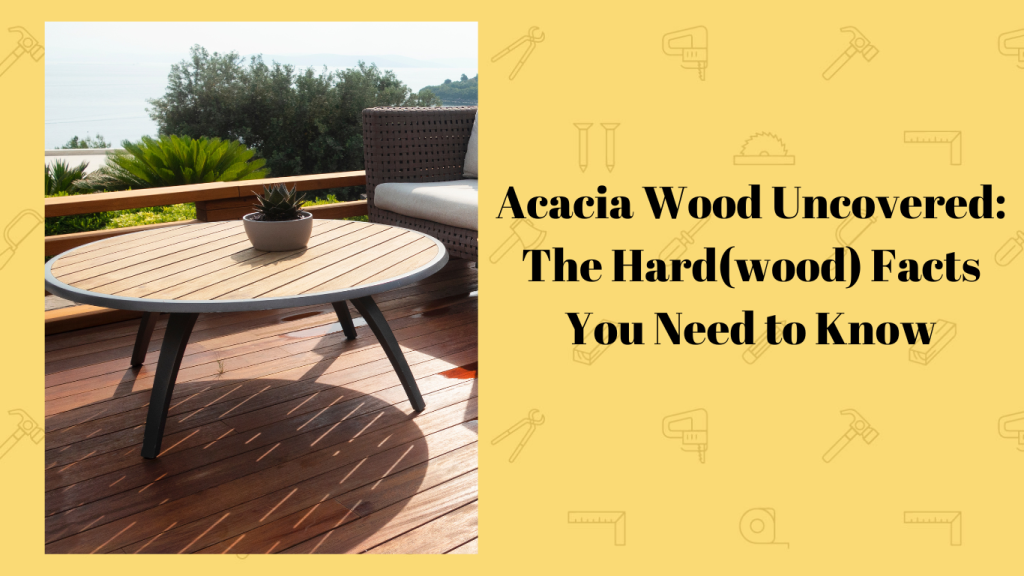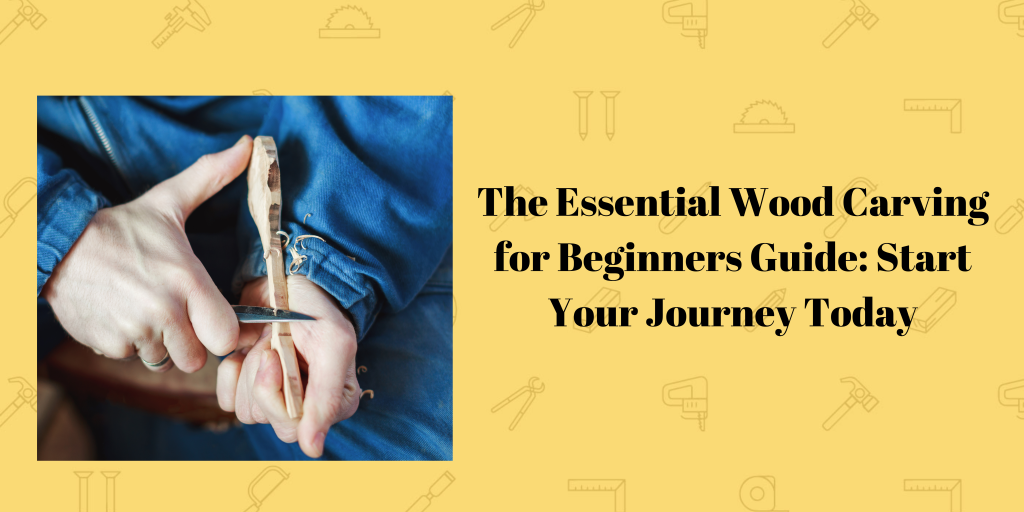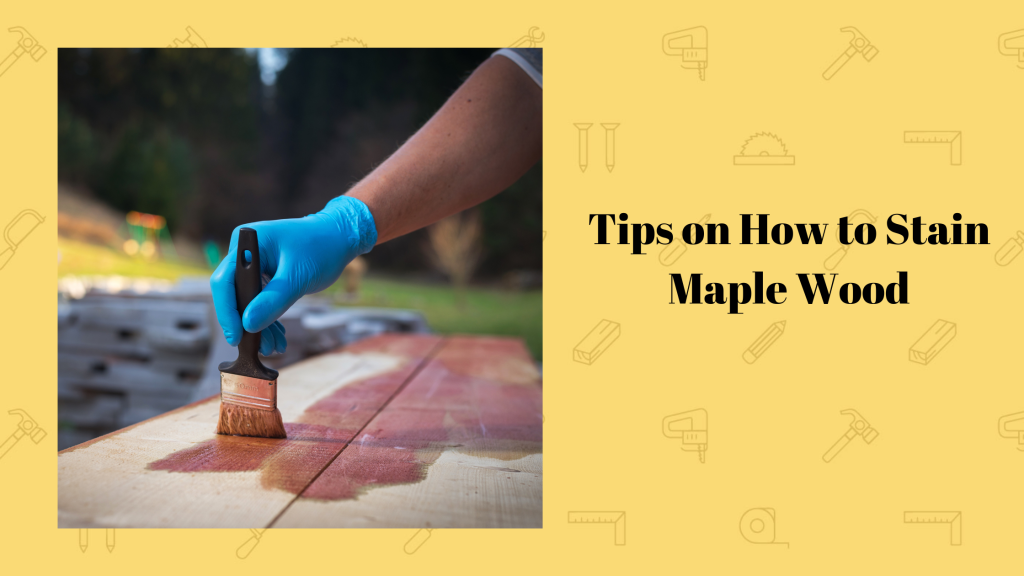We are about to delve into the fascinating world of acacia wood. So, brace yourself for a fun-filled journey sprinkled with delightful humor, insightful knowledge, and a dose of hard, wooden facts.
Let’s talk a bit about the history of acacia wood and how it came to be the woodworking friend (along with many other friends, like pressure-treated wood) we all came to know and love.
This lesson will be brief, so don’t worry: There’s no root canal through history today!
Originating in Australia, acacia has been brought to every continent of the world for thousands of years by traders and settlers. The wood spread like a hit single, and soon there were over 1000 offshoot species!
And it’s not hard to see why people fondly took to acacia wood.
Due to its wide global availability, reliable hardness, and dense solidity, woodworkers and builders have been able to rely on acacia for their projects longer than most countries have existed!
The Tale of Acacia
So, what makes acacia…well, acacia? Why does it stand out so much compared to other types of wood?
There are a handful of massive advantages offered by acacia that have led to it becoming a woodworking icon:
- Strength. There’s no getting around it: Acacia is a much stronger wood than some of the more “delicate” woods you’ll encounter, like pine. This hardiness makes it an attractive choice for sturdy, load-bearing projects.
- Longevity. Acacia, when left to its own devices, can last for generations. If you want your woodworking endeavor to outlive you, you’ll seldom find a better choice!
- Beauty. Let’s face it, acacia is just lovely to look at. It boasts a stunning, respectable aesthetic and a dark, serious brown color that I can only imagine makes the other hardwoods a little jealous.
- Durability. You can knock acacia around all you want; it can take more than a few hits! This wood isn’t just strong and sturdy; it’s downright tough.
With its standout features, acacia has forever secured a place at the “cool kids” table of the wood world.

Acacia in the Spotlight
That’s all fine and dandy, but what are some actual practical uses for acacia? Strap yourselves in because there are a ton!
Honestly, acacia wood furniture is its own ballpark. This wood is perfect for projects like your custom dining table (acacia is a strong contender for the best wood for table top woodworking), a comfortable outdoor bench, a storage chest for your bedroom, or even a small personal bookshelf.
Acacia wood outdoor furniture is a prevalent use for this wood, as acacia is unusually moisture-resistant and extremely durable. So, it can withstand the elements of just about any environment you’re likely to deal with.
But furniture isn’t all acacia’s good for! Its durability and longevity also make it an excellent use for wooden kitchen utensils or hardwood flooring.
Want an example of the magic acacia wood that can work with utensils? Check out this set of wooden acacia spoons!
And that’s not getting into some of the more exotic and wacky uses people have found for this timber! For any project you can dream up, you can likely use acacia as your lumber of choice. Want to build your own Star Wars-themed chess set? Acacia has you covered!
Caring for Your Acacia Wood
Here comes the catch – which I’m sure you were all expecting!
Acacia is high maintenance. Like, unusually high maintenance, even for a fussy hardwood (if you were wondering, “Is acacia a hardwood?”, the answer is yes; and it has the attitude of one!)
Your acacia furniture didn’t sign up for a spa, per se, but that doesn’t mean it can’t use a little pampering!
Some steps you’ll likely need to take in caring for your acacia wood furniture and projects include:
- Regular washing. A cloth, some warm water, and a little soap on your furniture every day or two should keep it clean. But stay careful to avoid silicon or ammonia in your cleaners! An all-natural soap like Bali Soap’s Green Collection will do the trick.
- Periodic oiling. If you want your acacia furniture to maintain its rich, inviting appearance, oiling the wood regularly will go a long way.
- Avoid chemical exposure. Acacia doesn’t play nice with many chemicals. Stay clear of alcohol, perfumes, silicon, ammonia, and detergents. These chemicals all have properties that can wear down acacia over time.
- Keep away from heat sources. While acacia is extraordinarily durable, it’s still wood at the end of the day! It’s best to keep it at a safe distance from fireplaces and radiators, as prolonged heat exposure can create a warping effect.
- Use coasters! Hot drinks like tea and coffee can form a ring on acacia surfaces, so play it smart and use a placemat or coaster.

Why Should You Choose Acacia Wood?
So, acacia obviously has countless advantages. But what practical and pressing reasons might you want to use it in a woodworking project over other alternatives?
Really, with how particular and unique acacia is, it chooses its admirers just as much as they choose it!
There are some scenarios where acacia is clearly the most effective choice.
For example, only a few woods (even hardwoods) can compete with acacia in the realm of outdoor furniture. The strong moisture resistance and overall durability of acacia make it uniquely well-suited for outdoor projects.
Likewise, acacia can’t be beaten in the realm of longevity. If you want to create a beautiful, lasting woodworking piece that your family or customers can enjoy for many years, acacia is often the most suitable resource.
Conclusion
And that takes us to the end of our strange and wonderful exploration of the one-of-a-kind lumber, acacia.
With its natural beauty, strength and durability, and impressive lifespan, acacia is a perfect choice for a huge span of woodworking projects, from outdoor furniture to indoor works of art.
Regardless of what you’re using it for, acacia wood is not one to disappoint!
*This post may contain affiliate links. Please see my disclosure to learn more.



